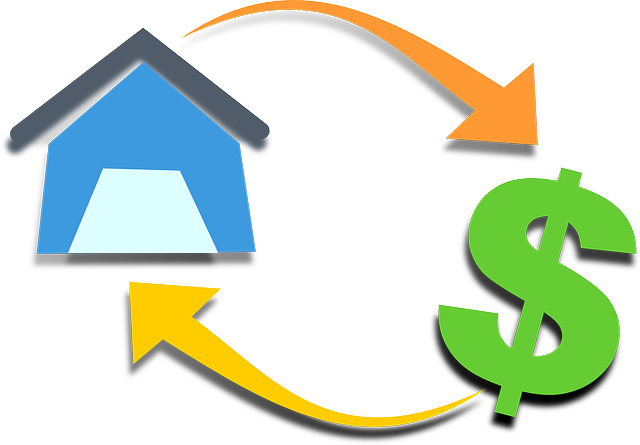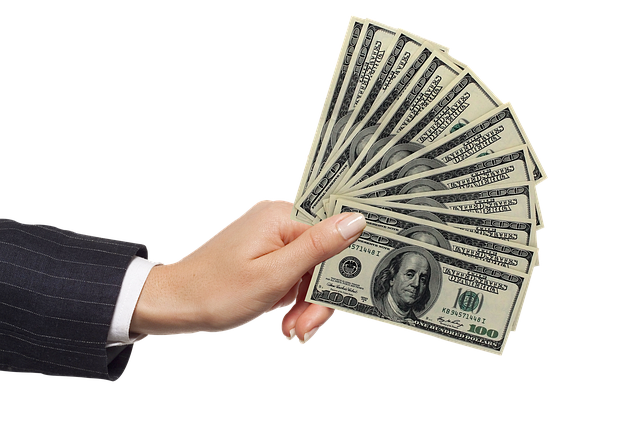Interest rates are a critical factor in equipment loans, influencing financial decisions and business investments. They vary based on equipment type, borrower creditworthiness, and market dynamics. When evaluating loan offers, considering both lender selection and the alignment of financial criteria with loan flexibility and repayment terms is essential for sustainable growth and effective financial obligation management. Key aspects include understanding interest rate structures (fixed vs variable), lender offerings, and how repayment periods affect monthly payments and overall borrowing cost.
Interest rates play a pivotal role in the decision-making process for equipment loans, significantly impacting the overall cost and feasibility of acquiring assets. This article guides you through the intricate web of interest rates, offering insights into understanding their fundamentals, exploring diverse loan options, and navigating the landscape of lender selection. We delve into financial criteria, loan flexibility, and repayment terms, ensuring a balanced approach to securing equipment financing that aligns with your business needs. By considering these aspects, you’ll be equipped to make informed choices in today’s dynamic market.
- Understanding Interest Rates: The Foundation of Equipment Loan Choices
- – Definition and impact on loan cost
- – Types of interest rate structures (fixed vs. variable)
- – How interest rates affect monthly payments
Understanding Interest Rates: The Foundation of Equipment Loan Choices

Interest rates play a pivotal role in shaping the financial landscape of equipment loans. Understanding them is the cornerstone of making informed decisions when exploring loan options. These rates, set by lenders, represent the cost of borrowing money to purchase or upgrade business equipment. They are not one-size-fits-all; instead, they vary based on various factors such as the type of equipment, the borrower’s creditworthiness, and market conditions.
When considering different loan flexibility and repayment terms, borrowers should also factor in the lender selection process. Some lenders may offer competitive interest rates but stringent repayment schedules, while others might provide more lenient terms with higher rate charges. It is crucial to align financial criteria with these offers to ensure that the chosen loan best suits the business’s needs, allowing for sustainable growth and effective management of financial obligations.
– Definition and impact on loan cost

Interest rates play a pivotal role in determining the overall cost of equipment loans. When considering loan options for business equipment, understanding interest rates and their impact is crucial. The interest rate is essentially the price you pay to borrow money, expressed as a percentage of the loan amount. It dictates how much you’ll need to repay beyond the principal sum borrowed.
Lender selection, based on financial criteria such as creditworthiness and market reputation, becomes even more critical when factoring in interest rates. Different lenders may offer varying interest rate ranges for equipment loans, impacting your borrowing costs significantly. Additionally, loan flexibility—including repayment terms—is another key aspect influenced by interest rates. Longer repayment periods usually result in lower monthly payments but extend the time you pay interest, whereas shorter periods reduce total interest paid but increase monthly outlays.
– Types of interest rate structures (fixed vs. variable)

When considering equipment loans, understanding the different interest rate structures is a key part of the decision-making process. There are two primary types: fixed and variable rates. With a fixed interest rate, the loan amount accrues interest at a consistent, predetermined percentage throughout the loan term. This offers loan flexibility and predictable financial criteria, making it easier to budget and plan for repayments. On the other hand, variable interest rates fluctuate based on market conditions or a benchmark index, typically starting lower but potentially rising over time. While this can lead to lower initial payments, it introduces uncertainty into the repayment terms.
The lender selection process should consider these structures in light of your business needs and financial goals. Loan options with fixed rates are ideal for those seeking stability and long-term planning, while variable rates appeal to businesses comfortable with potential changes and looking for initial cost savings. Carefully evaluating the interest rates and repayment terms offered by different lenders will help ensure you choose the most suitable equipment loan that aligns with your financial criteria.
– How interest rates affect monthly payments

When considering equipment loans, understanding how interest rates influence your monthly payments is paramount. Interest rates are a key component in determining the overall cost of borrowing. A higher interest rate will result in larger monthly installments, while a lower rate can make these payments more manageable. Loan options with adjustable rates might offer flexibility initially but could lead to unpredictable costs down the line. Therefore, it’s crucial to weigh these factors when making your lender selection.
The financial criteria you set for yourself play a significant role in this decision. Look for lenders who offer transparent interest rate structures and cater to various loan flexibility needs. Repayment terms also vary among lenders, with some providing longer periods to lower monthly commitments but potentially incurring more interest over time. Balancing these factors will help ensure that your chosen equipment loan aligns with your business’s financial goals and criteria.
